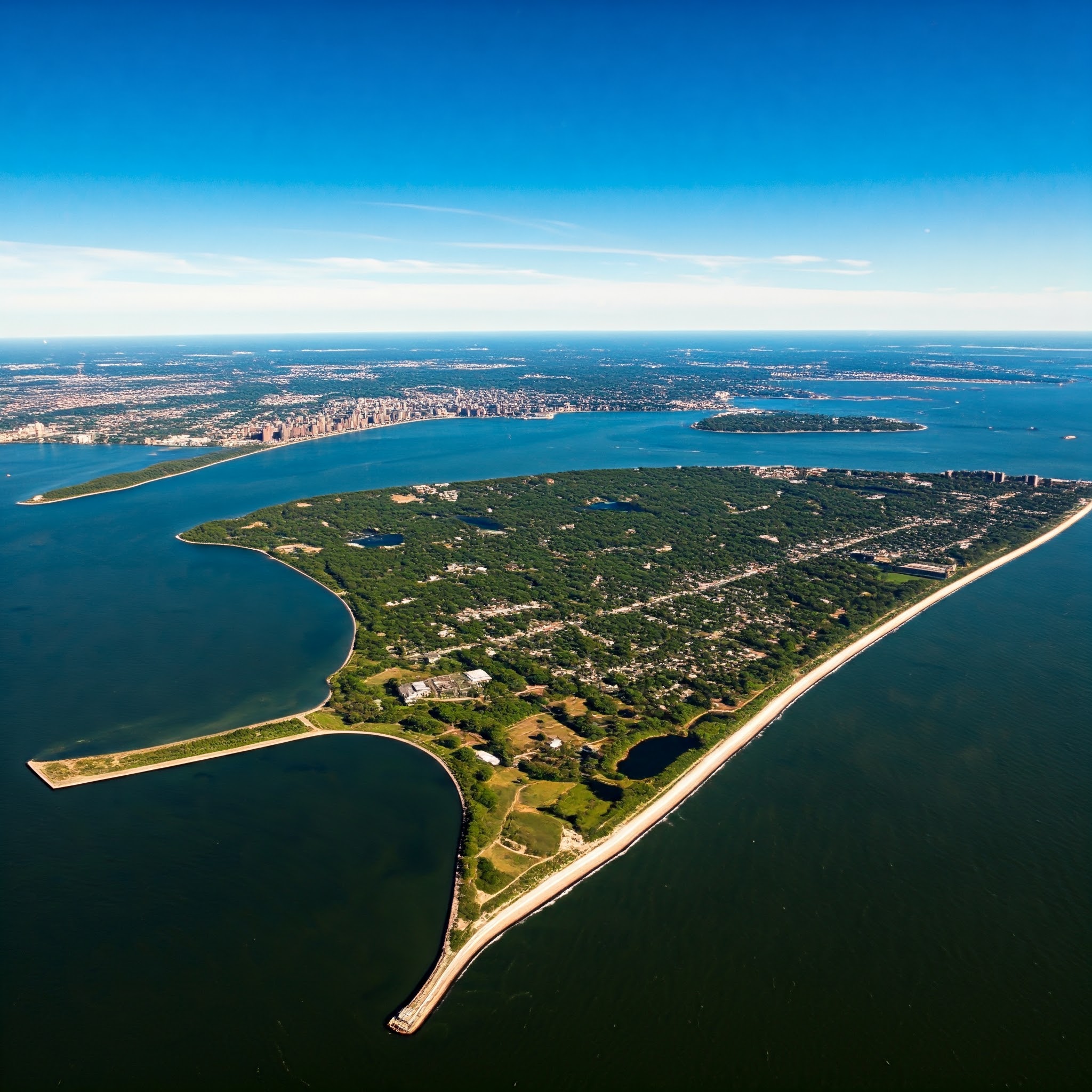
Japan, known as the Land of the Rising Sun, is a captivating destination where ancient traditions meet modern innovation. From bustling cities to peaceful temples, Japan offers a rich array of experiences. This guide will help you explore Japan’s must-see highlights and provide practical tips for a memorable trip.
Introduction to Japan
Japan is an island nation in East Asia with a unique mix of historical heritage and futuristic technology. It’s a country where traditional temples and shrines stand alongside modern skyscrapers and cutting-edge technology.
Geographical Diversity
Japan’s unique geographical features contribute significantly to its cultural and environmental landscape. From towering mountains to tranquil coastlines, Japan’s diverse terrain offers a rich variety of experiences. Here’s a closer look at Japan’s geographical diversity and how it shapes the country.

Tokyo: The Heart of Modern Japan
Tokyo, Japan’s capital, is a dynamic city with a mix of old and new:
- Shibuya Crossing: One of the busiest pedestrian crossings globally, Shibuya Crossing epitomizes Tokyo’s vibrant urban life. Witnessing the crowd of people moving in all directions is a quintessential Tokyo experience.
- Asakusa and Senso-ji Temple: For a glimpse into traditional Japan, visit Asakusa. Senso-ji Temple, Tokyo’s oldest temple, is surrounded by traditional shops and food stalls, offering a lively and historic atmosphere.
- Tokyo Skytree: This iconic structure provides stunning views of Tokyo from its observation decks. It also serves as a center for shopping and dining, combining modern amenities with breathtaking cityscapes.
Kyoto: A Step Back in Time
Kyoto, Japan’s ancient capital, offers a quieter contrast to Tokyo’s fast-paced environment:
- Fushimi Inari Shrine: Known for its thousands of red torii gates, Fushimi Inari Shrine is a must-see in Kyoto. The gates create a scenic path up Mount Inari, offering both a spiritual journey and beautiful views.
- Kinkaku-ji (Golden Pavilion): This famous temple, covered in gold leaf, reflects beautifully in the surrounding pond. Kinkaku-ji is a prime example of Kyoto’s historical and architectural beauty.
- Gion District: Gion is Kyoto’s traditional geisha district, featuring historic wooden houses and tea rooms. Walking through Gion offers a glimpse into Kyoto’s cultural heritage and a chance to see geisha and maiko.
Osaka: The Culinary Hub
Osaka is renowned for its food and lively nightlife:
- Dotonbori: This energetic district is known for its street food, neon lights, and bustling atmosphere. Enjoy local specialties like takoyaki (octopus balls) and okonomiyaki (savory pancakes) in this vibrant area.
- Osaka Castle: A historic landmark with beautiful gardens and panoramic views of the city. Osaka Castle provides insight into Japan’s feudal history and a relaxing outdoor experience.
Hiroshima and Miyajima: History and Beauty
Hiroshima is known for its historical significance, while Miyajima Island offers natural beauty:
- Hiroshima Peace Memorial Park: This park commemorates the victims of the atomic bomb dropped on Hiroshima in 1945. It includes the Peace Memorial Museum and the Atomic Bomb Dome, serving as a reminder of the past.
- Miyajima Island: A short ferry ride from Hiroshima, Miyajima Island is famous for its floating torii gate at Itsukushima Shrine. The island’s scenic beauty and peaceful environment make it an ideal spot for reflection.
Practical Travel Tips
- Transportation: Japan’s public transportation system is efficient and easy to use. Consider getting a Japan Rail Pass for unlimited travel on JR trains, including the Shinkansen (bullet train).
- Language: While many Japanese people understand basic English, learning a few Japanese phrases can enhance your experience. Tourist areas often have signs in English.
- Etiquette: Japanese culture values respect and politeness. Be aware of local customs, such as removing your shoes before entering homes or certain places, and keeping quiet on public transport.
Map
Map:holkvnrhcge= Japan
For a detailed overview of Japan, including major landmarks and travel routes, refer to the interactive map provided below. This map will assist you in planning your trip and navigating through Japan’s diverse regions.
Conclusion
Japan offers a wide range of experiences, from Tokyo’s bustling streets and Kyoto’s historic temples to Osaka’s culinary delights and Hiroshima’s peaceful landscapes. With its mix of tradition and modernity, Japan promises an unforgettable adventure. Use this guide to explore the Land of the Rising Sun and enjoy all that this unique country has to offer.
People Asked Question
Why Was Japan Called the Land of the Rising Sun? Japan is called the “Land of the Rising Sun” because “Nihon” means “origin of the sun,” highlighting its eastern position where the sun rises first.
What Does Japan’s Rising Sun Mean? Japan’s “Rising Sun” symbolizes hope, renewal, and new beginnings, reflecting its geographical position as the first place to see the sunrise and its cultural significance.
Why Is Japan Called the Land of the Rising Sun on Quora? On Quora, Japan’s nickname “Land of the Rising Sun” is explained by its eastern location, which is the first to see the sunrise and its cultural symbolism.
What Is the Land of the Rising Sun? The “Land of the Rising Sun” is Japan, named for its position in Asia where the sun rises first, symbolizing renewal and cultural identity.


